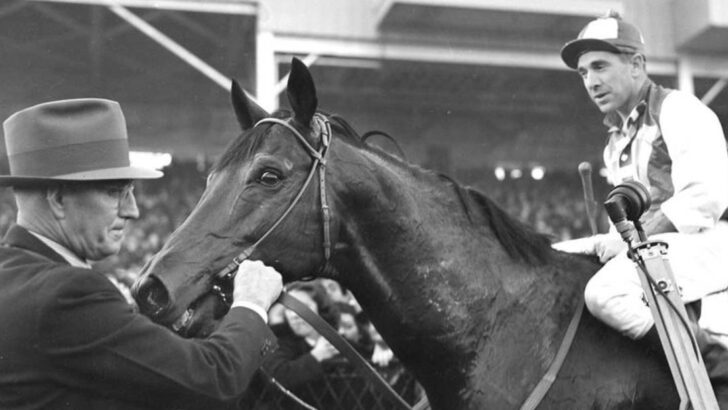Some heroes gallop on four legs. From war zones to racetracks, these horses didn’t just carry riders—they carried nations, legends, and dreams. They dodged bullets, broke records, and stood by their humans when it mattered most. One survived the bloodbath of Little Bighorn. Another helped win a war by hauling ammo uphill—alone, under fire. And a few simply stole our hearts with grace, grit, and a flash of personality no one could forget. They weren’t sidekicks. They were icons. Let’s meet the 15 most unforgettable horses in U.S. history—the battle-tested, the race-born, and the ones who became more than animals. They became symbols.
Comanche
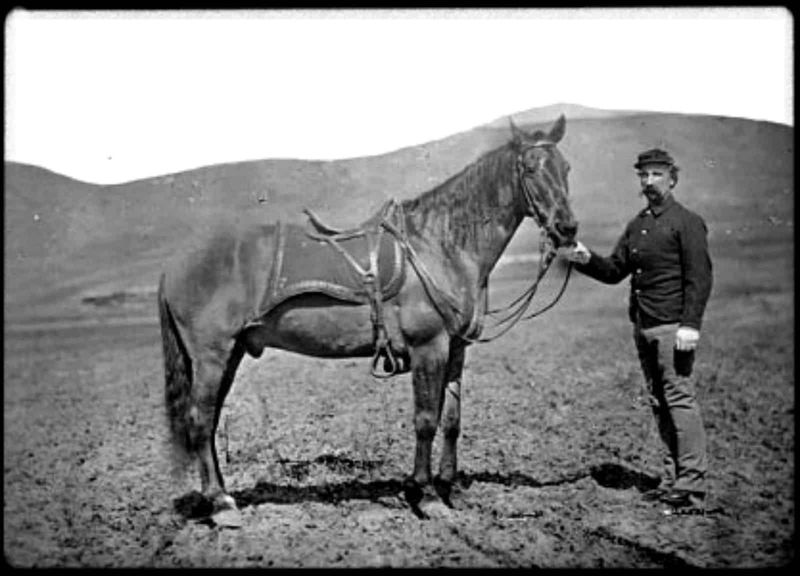
Amidst the chaos of the Battle of Little Bighorn, one horse emerged as a symbol of resilience—Comanche. This valiant steed, the sole survivor of Custer’s Last Stand from the 7th Cavalry, became an emblem of endurance. His survival story resonated across the nation, highlighting the brutal realities of the frontier battles.
After the battle, Comanche was treated with honor, never ridden again, and often paraded as a living memorial. His tale is a testament to the deep bonds between cavalrymen and their horses, showcasing unwavering loyalty even in the direst of circumstances.
Traveller
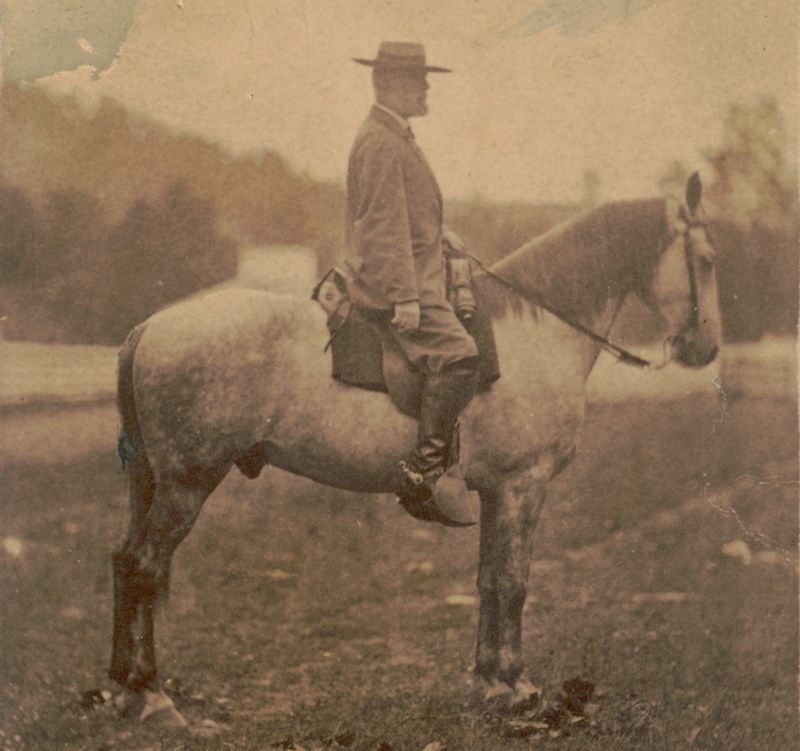
With a spirit as unwavering as his owner, Traveller carried General Robert E. Lee through the tumultuous terrain of the Civil War. Known for his loyalty and calm demeanor, Traveller was more than just a horse; he was a steadfast companion.
Lee once remarked that Traveller’s loyalty was unparalleled, a sentiment echoed by many who witnessed their bond. This grey American Saddlebred became a symbol of the Southern cause, his image etched into the annals of history. His legacy continues as a poignant reminder of the war’s human and animal struggles.
Cincinnati

Known for his exceptional strength and unyielding calm during battle, Cincinnati was President Ulysses S. Grant’s equine companion of choice. This noble horse was much more than a mode of transportation; he was a trusted partner amidst the clamor of warfare.
Grant’s admiration for Cincinnati was well-documented, often choosing him for important parades and appearances. Together, they shared moments of both tranquility and terror, forging a bond that underscored the critical role horses played in the lives of military leaders. Cincinnati remains a symbol of equestrian excellence.
Reckless
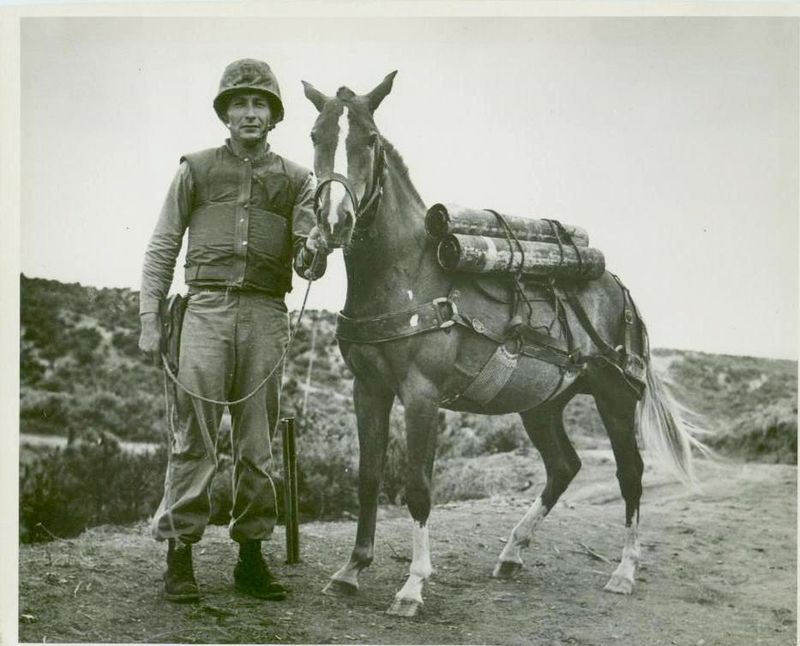
Reckless wasn’t just any horse; she was a decorated hero of the Korean War. Known for her bravery, Reckless would repeatedly make trips to the front lines, often under enemy fire, to deliver vital supplies. Her unwavering dedication and courage earned her two Purple Hearts and the love of her fellow Marines.
Stories of Reckless’s exploits spread far and wide, capturing the admiration of people worldwide. Her legacy is one of fearless service and devotion, making her one of the most celebrated military horses in U.S. history.
Winchester (aka Rienzi)
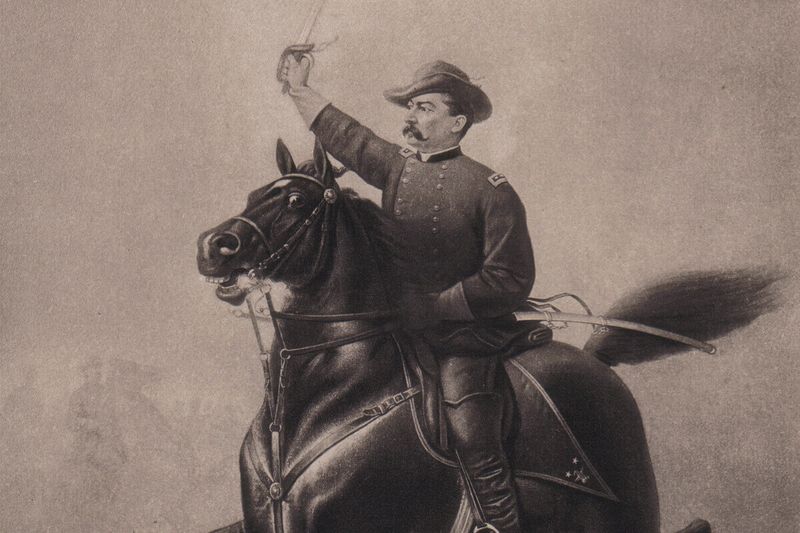
Winchester, often known as Rienzi, was the spirited steed of General Philip Sheridan. He gained fame during the Civil War for a legendary 20-mile dash that turned the tide of battle in favor of the Union forces.
This remarkable feat became a popular poem and song, immortalizing Winchester’s energy and determination. Known for his striking appearance and strength, Winchester was more than a mount; he was a key player in pivotal moments. His story illustrates the critical impact horses had on military strategy and moral during wartime.
Sam
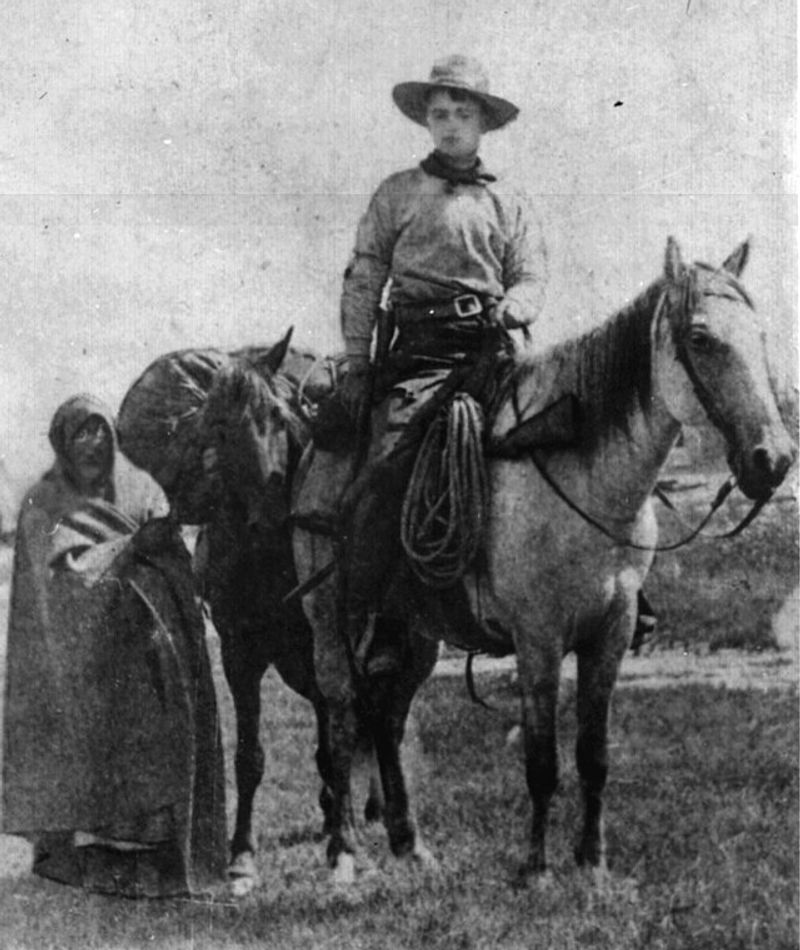
In the vast expanses of the Wild West, Pony Express horses like Sam blazed trails that connected a nation. Sam represented the pinnacle of endurance and speed, essential traits for those arduous mail runs.
With every gallop, Sam helped knit together distant communities, delivering messages that bridged the frontier’s isolation. His role was pivotal in the brief but impactful era of the Pony Express, showcasing the dedication and resilience required to tame the wilds of the American landscape. Sam’s legacy is a testament to the spirit of exploration and communication.
Sergeant

Sergeant was not just a horse; he was a symbol of the Buffalo Soldiers’ bravery and fortitude. The African American cavalry regiments relied on horses like Sergeant to carry them through diverse and challenging terrains during pivotal moments in history.
These horses were essential partners in the soldiers’ missions, embodying the spirit of perseverance and resilience. Sergeant represents the often-overlooked contributions of both the soldiers and their equine companions in shaping American history, highlighting their crucial role in maintaining peace and order on the frontier.
Black Jack
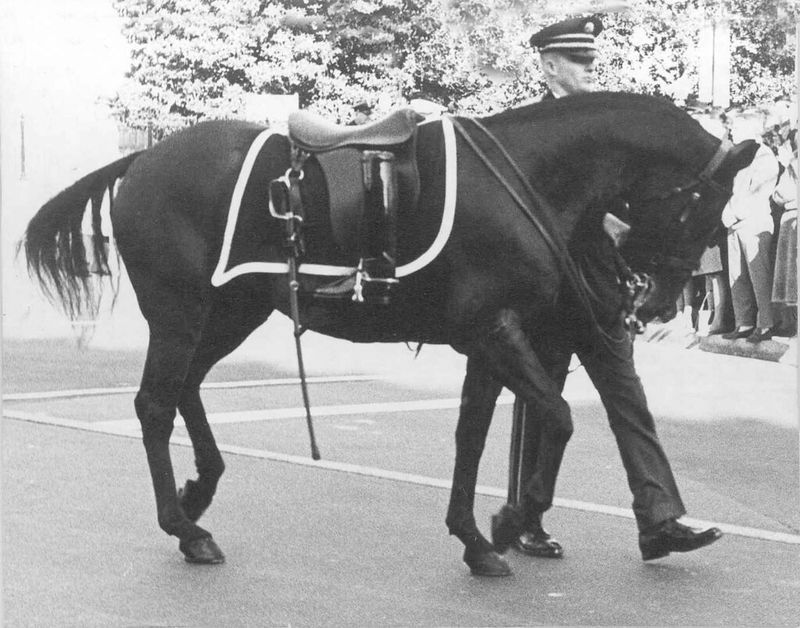
Black Jack’s solemn march during President John F. Kennedy’s funeral procession remains an iconic moment in American history. As the riderless horse, he carried reversed boots in his stirrups, a poignant symbol of a fallen leader.
His presence was deeply moving, embodying the nation’s grief. Black Jack participated in numerous state funerals, each time evoking a powerful sense of loss and remembrance. His role in these ceremonies highlighted the profound connections between military traditions and national mourning, solidifying his place in the hearts of many Americans.
Old Bob
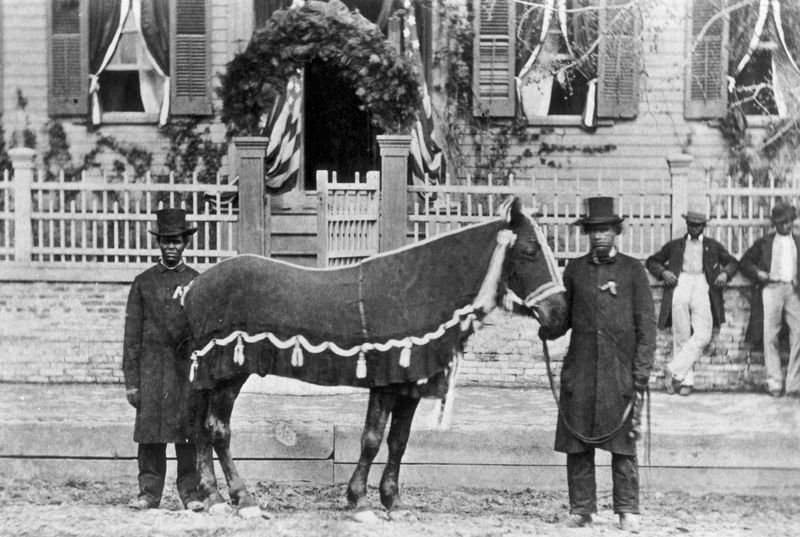
Old Bob was more than just a horse to Abraham Lincoln; he was a cherished companion. Known for his gentle disposition, Old Bob was often seen with Lincoln during his time in Springfield, Illinois.
In a moment of touching poignancy, Old Bob was part of Lincoln’s funeral procession, walking behind the hearse. This act of loyalty and mourning resonated deeply with the public, highlighting the personal losses intertwined with national tragedy. Old Bob’s presence at the funeral symbolized the end of an era, marking a poignant farewell to a beloved leader.
Beautiful Jim Key
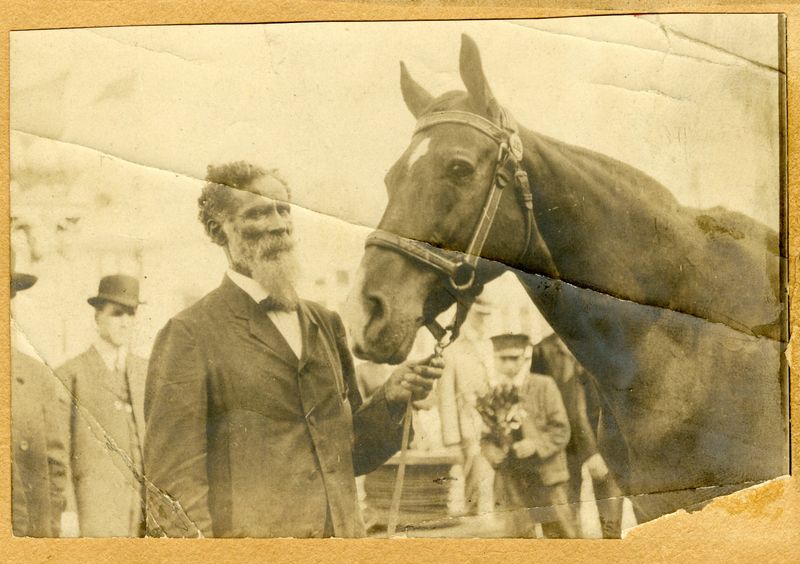
Beautiful Jim Key was no ordinary horse; he was an equine genius who captivated audiences with his ability to “spell,” “read,” and “do math.” Trained by his owner, Dr. William Key, Jim’s performances were not just entertainment; they advocated for kindness toward animals.
His remarkable intelligence and gentle demeanor won the hearts of many, drawing crowds across the nation. Beautiful Jim Key’s story is one of talent and empathy, challenging perceptions of animal capabilities and promoting a humane approach to animal care and interaction.
Seabiscuit
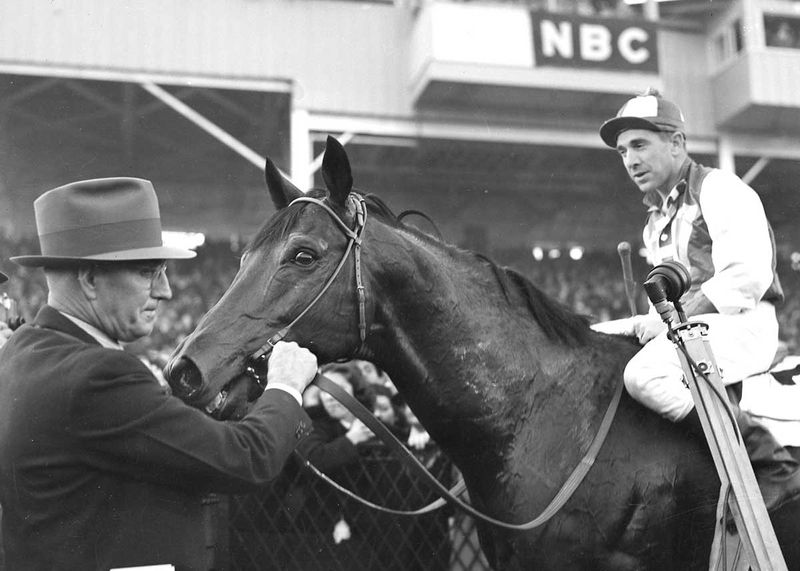
In the depths of the Great Depression, Seabiscuit emerged as a beacon of hope and resilience. Despite a rocky start to his racing career, Seabiscuit captured the nation’s heart with his underdog victories. His triumphs against the odds offered inspiration to many struggling Americans.
Known for his remarkable speed and tenacity, Seabiscuit became a symbol of perseverance. His legendary match race against War Admiral is etched in racing history. Seabiscuit’s story is a testament to the power of grit and determination in overcoming life’s adversities.
Man o’ War
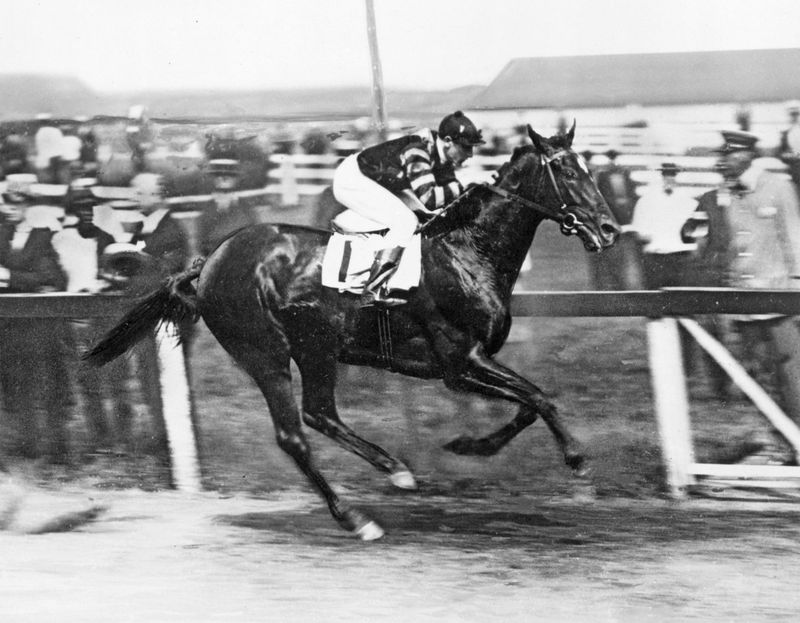
Man o’ War wasn’t just a racehorse; he was a legend. With a nearly flawless record, he dominated the racing scene in the early 20th century. His incredible speed and unmatched prowess made him a household name.
Fans flocked to witness his races, their excitement fueling his mythos. Known for his distinctive chestnut coat and fiery spirit, Man o’ War’s legacy extends beyond the track. His success laid the foundation for future generations of champion racehorses, cementing his status as one of the greatest in history.
Secretariat
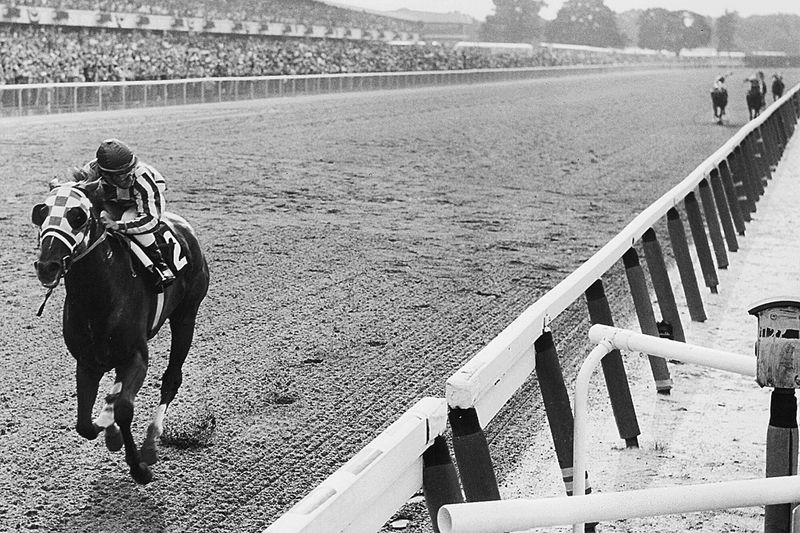
Secretariat’s name is synonymous with greatness in the world of horse racing. His 1973 Triple Crown victory set records that remain unbroken, showcasing his exceptional talent. Fans marveled at his extraordinary speed and stamina.
Secretariat’s Belmont Stakes win, with a 31-length lead, is considered one of the most impressive performances in racing history. His legacy extends beyond the track, inspiring generations of racing enthusiasts. Secretariat remains a symbol of excellence and the epitome of equine athleticism, celebrated for his unmatched contributions to the sport.
Trigger
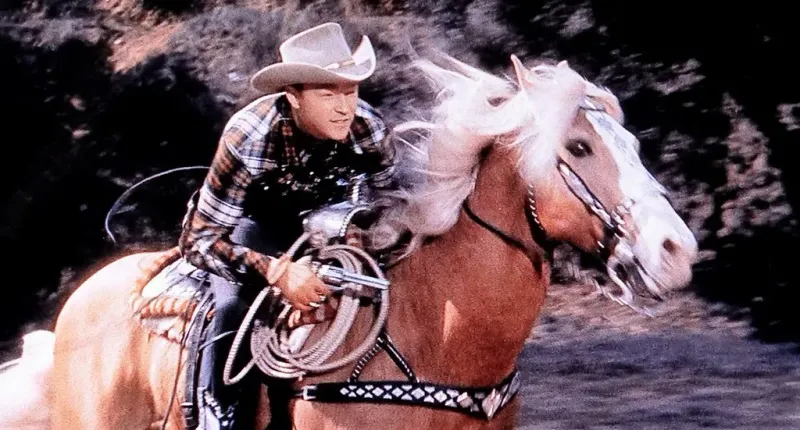
Trigger, Roy Rogers’ loyal palomino, was more than a horse; he was a movie star. Known for his intelligence and charm, Trigger performed an array of tricks, endearing him to audiences both young and old.
With his golden coat and gentle temperament, Trigger became an icon of Western films, captivating viewers with his on-screen presence. His partnership with Rogers was legendary, enhancing the cowboy’s heroic image. Trigger’s legacy lives on as a symbol of the golden age of Westerns, remembered fondly by fans of the genre.
Misty of Chincoteague
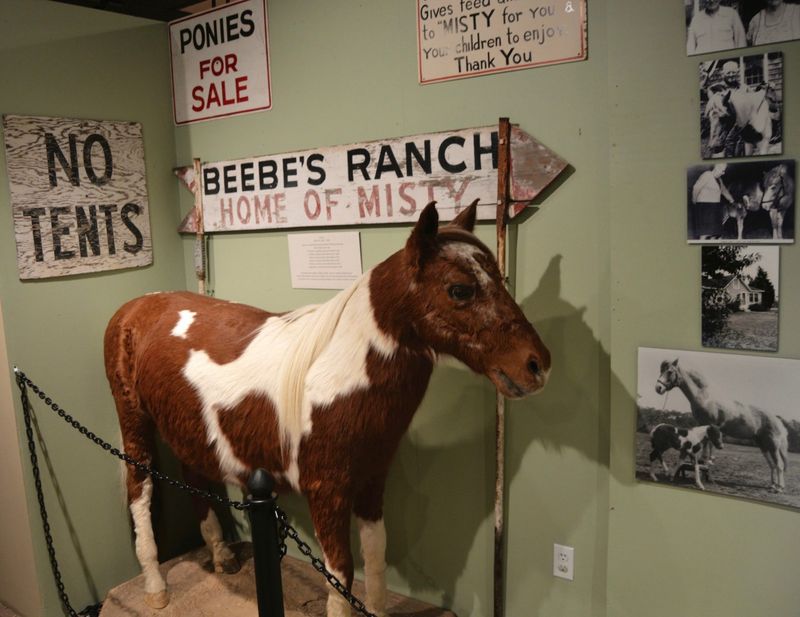
Misty of Chincoteague, the real-life pony who inspired a beloved children’s book, captured imaginations with her spirited nature. Her story, set against the backdrop of the wild ponies of Assateague Island, highlighted the natural beauty and untamed spirit of these animals.
Misty became a symbol of the island’s unique heritage, drawing attention to the annual pony swim and auction. Her tale continues to enchant readers, celebrating the connection between humans and the untamed world. Misty’s legacy endures as a cherished part of American cultural history.

